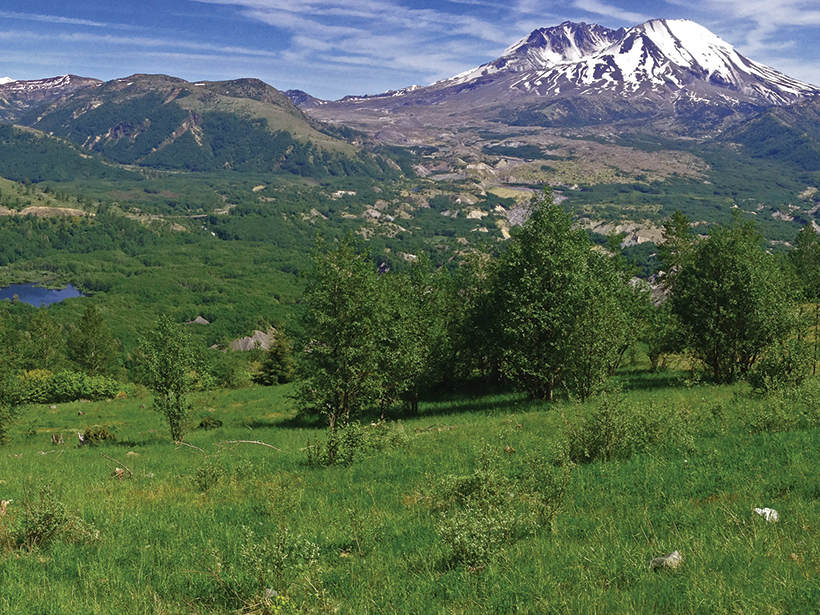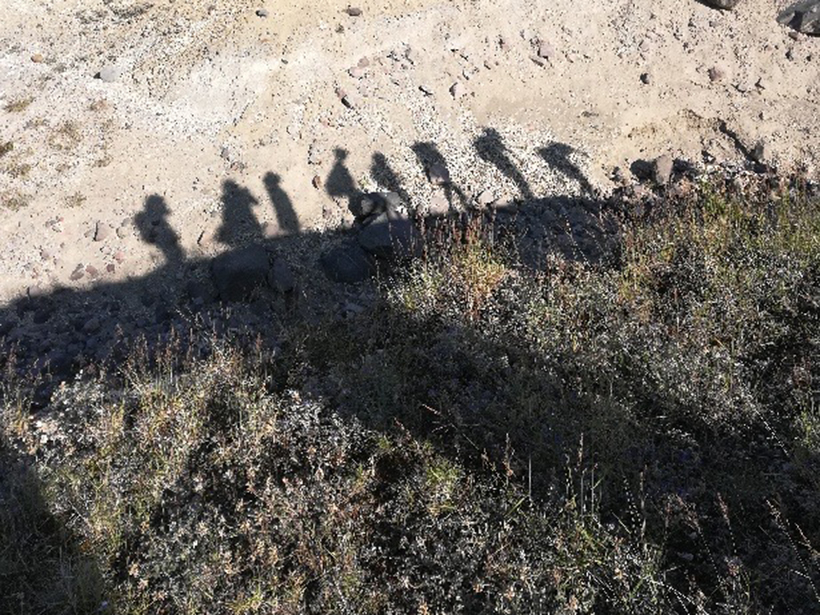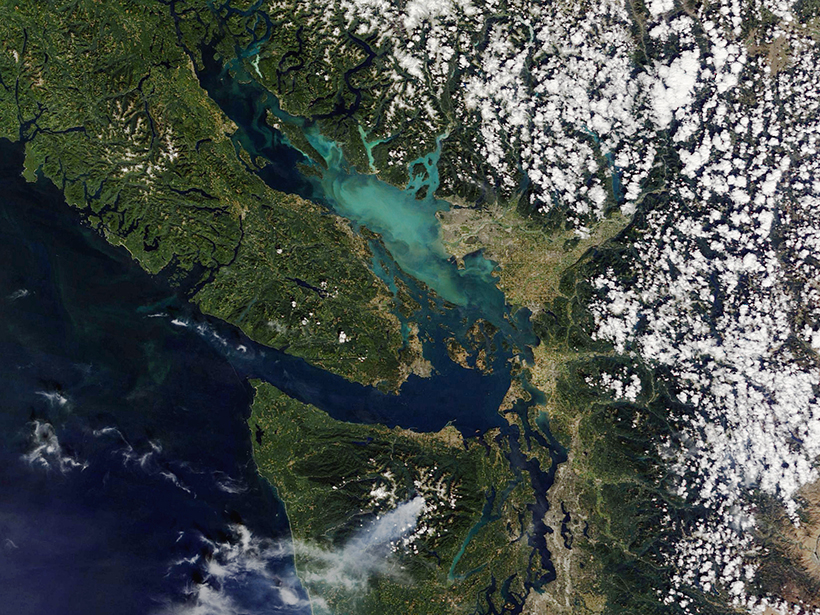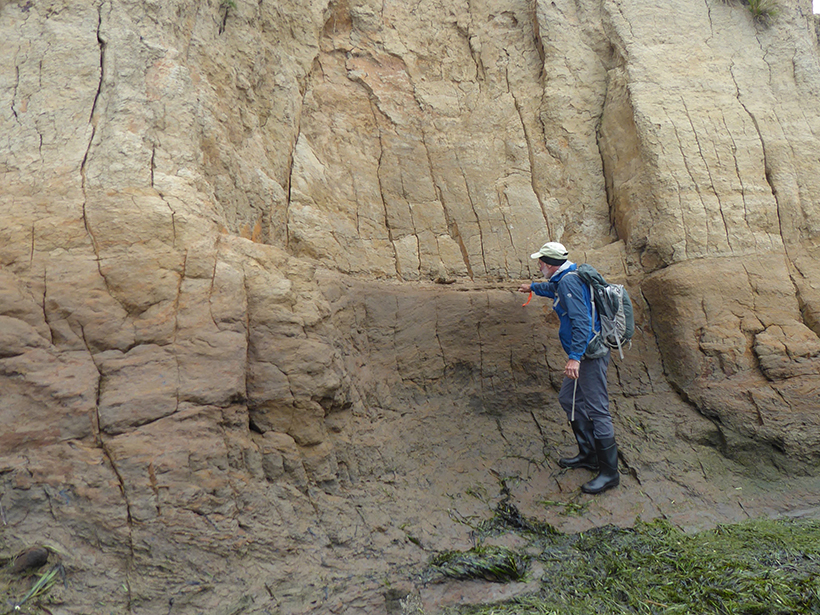Four decades of research into biophysical responses to the 1980 eruption of Mount St. Helens have vastly improved our understanding of how landscapes react to cataclysmic disturbances.
Cascades
GeoGirls: Confidence Erupts from a Camp at a Volcano
Summer camp at Mount Saint Helens empowers girls with science, confidence, and fun.
Climbing the Occasionally Cataclysmic Cascades
Living in Geologic Time: Every one of the Pacific Northwest’s volatile volcanoes is likely to erupt again before the range goes extinct.
Fluid Pressure Changes Grease Cascadia’s Slow Aseismic Earthquakes
Twenty-five years’ worth of data allows scientists to suss out subtle signals deep in subduction zones.
Addressing Cascadia Subduction Zone Great Earthquake Recurrence
USGS Powell Center Cascadia Earthquake Hazards Working Group; Fort Collins, Colorado, 25–29 March 2019
Role of Continental Arcs in Global Carbon Dioxide Emissions
Continental arcs are a major player in global carbon dioxide emissions, but quantifying that relationship is hard. A new study accepts the challenge on a global scale over 750 million years.
How Will Melting Glaciers Affect Streamflow?
High-resolution modeling of summertime streamflow in the Pacific Northwest reveals the effects of glacial retreat on streamflow will vary by elevation.
Hunting for Landslides from Cascadia’s Great Earthquakes
Researchers examine the rings of drowned trees in landslide-dammed lakes for clues to today’s earthquake hazards in the Pacific Northwest.
Constraining Central Washington’s Potential Seismic Hazard
Fault geometry and slip rate analyses show deformation in the Yakima Fold Province accelerated in the Pleistocene and has remained elevated, offering new insights into earthquake recurrence intervals.
Revising an Innovative Way to Study Cascadia Megaquakes
Researchers probe natural environments near subduction zones to decrypt underlying mechanisms of major earthquakes.










